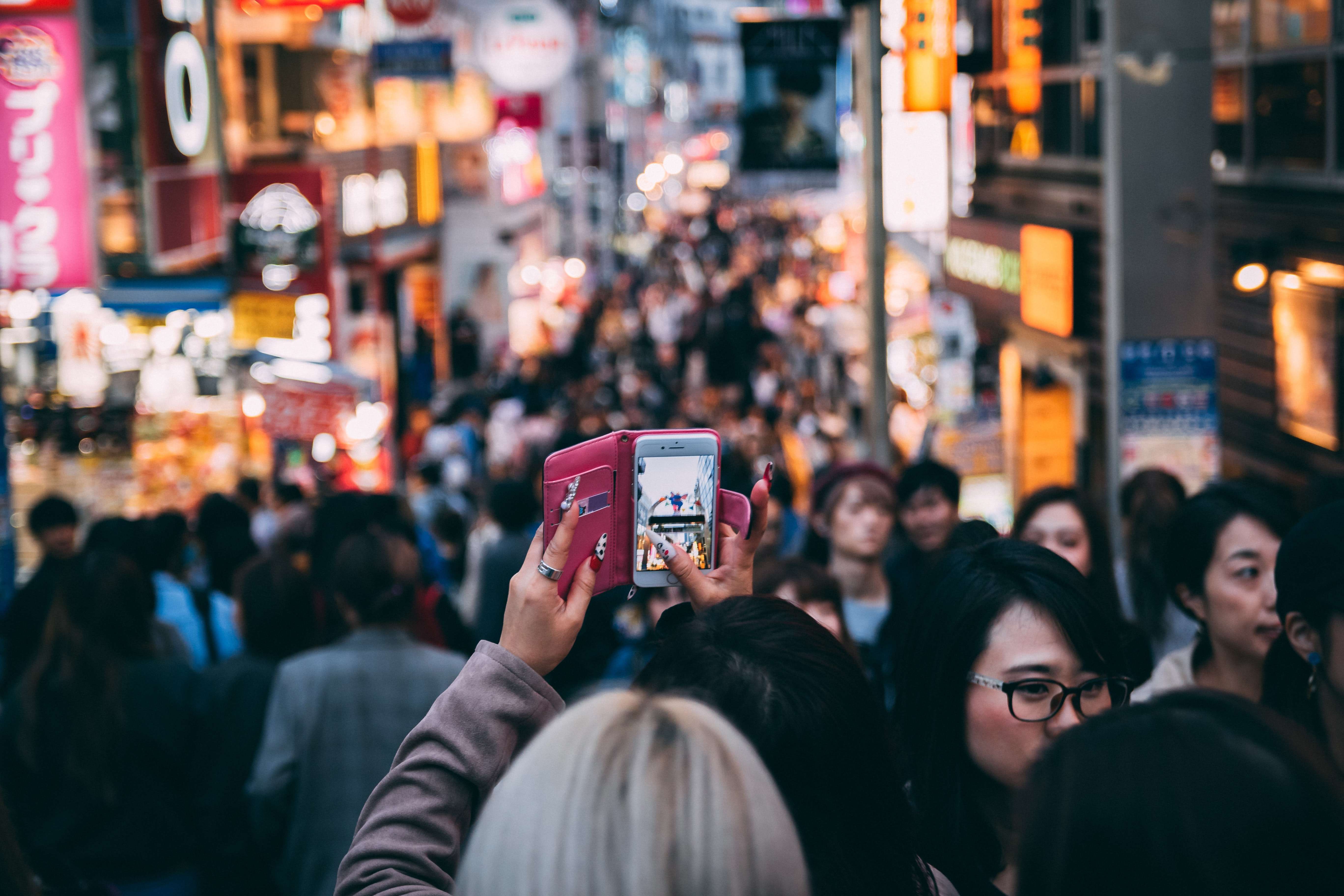Japan Joins the Cashless Revolution Thanks to Chinese Tourists
The market economy is vastly superior to anything the government does because it gives customers the freedom to choose. It is also in the free market that business owners are allowed to serve efficiently and expertly by paying attention to and responding to customer demand.
Indeed, it is the will to better their prospects of making a profit — not government pressure — that makes business owners keen on pleasing. But if you’re not convinced, just look at what’s happening in Japan for a real-world example of what the free market can accomplish with a little help of technology.
In recent years, Japan became a hot touristic spot for Chinese visitors. But as local businesses noticed their payment methods did not cater to their growing clientele, companies like AliPay, Amazon Pay, Line, Yahoo Japan, and even some domestic banks stepped in. Now, local businesses are not only accepting cashless payments, but they are also giving visitors from all over the world the option to pay however they wish. All customers need to complete their transaction is a smartphone.
QR Code: A Consumer-Led Revolution
In 2017, 7.35 million Chinese tourists visited Japan, exceeding the number of visitors coming from other foreign countries. With this number translating into a great deal of money pouring into the local economy, it was only a matter of time before local businesses started adapting to better serve their growing clientele.
One of the issues Chinese visitors would often face while visiting Japan was the lack of cashless payment options.
Noticing an opportunity, payment companies started offering local businesses certain technologies to help them become more attractive to Chinese visitors. One of these features is the Quick Response system, or simply QR code, a square-shaped black-and-white barcode that is now more popular than chip-enabled credit cards.
While European and American visitors aren’t too excited about the system, the barcodes are Chinese tourists’ preferred payment method. And with more Chinese customers visiting Japan, it’s clear that local businesses will be more than happy to cater to their preferences.
But while it was the Chinese who helped to change things in Japan, the system works for everybody anywhere. As a matter of fact, QR code is so convenient that it makes any and all payment methods available to anyone with a smartphone.
As the demand for this type of transaction grows, startups begin to pop up, giving businesses and consumers more options and allowing customers to use an even-greater number of payment methods.
Now it’s common for a tourist to pay his or her bill at any Japanese establishment by using their phone to scan a QR code. Once it’s been scanned, the customer can use one of the many available reader apps to choose a payment method. And just like that, a bill is paid without requiring the use of cards, cash, or checks.
Much like everything else in a free market, the use of the QR code to process payments came as a result of a consumer necessity.
In 2012, QR codes were used in the first wallet app designed for Bitcoin. And in 2014, popular Chinese messaging app Tencent introduced the QR code to let users make payments.
The launch was a success, helping to ignite the cashless revolution in China.
As the Financial Times reported, in just five years, that small step had completely changed the country’s tech industry, making cashless payment methods more profitable than both Visa and Mastercard.
By making payment as easy as managing a profile on a social media platform, China’s tech industry made finance a vital part of Chinese people’s daily lives. And now, thanks to tourism in Japan, the revolution is spreading to other corners of the world.
In no time, this consumer-led revolution will begin to scare its more established competitors, and all because merchants and tech companies realized that making payment as convenient as typing in a text message was exactly what people were after.
In other words, it was their drive to make a profit that led firms and startups to develop something truly useful — and valuable — to countless people.



